Mazda’s all-new American-made, CX-50 crossover has debuted and the first units rolled out of the factory in Alabama and are on their way to driveways near you right now. The CX-5 is a two-row crossover, and boy is that segment hot right now. The only strange thing about Mazda dropping a new two-row crossover is that Mazda already has one of the hottest vehicles in the segment, the CX-5. Will the CX-5 live, or will be it be put out to pasture? We think we have a pretty definitive answer. For the record, Mazda says the CX-5 is sticking around. Still, we did a little research to challenge our assumption that indeed the much-loved CX-5 will stay on after the CX-50 is established in the segment.
Related Story: Mazda CX-5 Outsells Subaru Outback, Subaru Forester, Ford Escape In November
Despite shortages and unprecedented market interruption, automobile manufacturers around the globe continue to roll out new vehicles. More specifically, they continue to roll out all-new crossovers. Sedans have jumped the shark, and coupes haven’t sold well since the Johnson administration. Ginormous SUVs get a lot of attention, but by comparison to crossovers, they don’t sell as well. The price of a large SUV is also in a higher price bracket than that which many crossover shoppers live in. That limits the total volume to a degree.
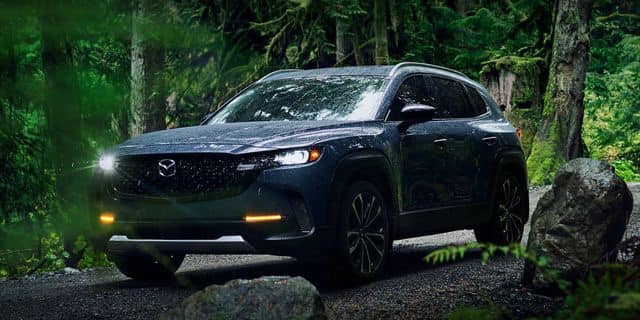
Manufacturers have long had vehicles on their showroom floors that were similar to one another. Others market what is basically the same vehicle across different brands. GM is fond of doing that, as is Ford and to some degree, Acura and Lexus did it in the past. Yes, there is a bit of a parasitic effect on one model vs the other, but automakers are pleased as punch to have you walk in thinking about one model and leave with another. Or start shopping at Ford and end up in a Lincoln. As long as customers leave with a vehicle they win.
Related Story: 5 Reasons Mazda Is the Brand To Watch In 2022
The Subaru Forester vs. Outback Example
Subaru has long made two vehicles that fill the exact same mission. The Outback and Forester are two peas in a pod. Each has a distinct personality, but ask owners which is “bigger” and they likely answer, “Outback.” Which is wrong. The Forester has more passenger and cargo volume.
“The Outback is a wagon, you big dummy!” If that’s what you are thinking, I can sympathize. It once was a lifted Legacy wagon, but those days are now long past. The slightly longer hood line makes it look a bit wagonish. Hey, we don't want to argue, nor does Subaru. If you want a wagon and like the Outback, buy one. I’ve had two and they were swell.
Interestingly, the Outback and Forester both sell in normal times at almost identical volumes in the U.S. The imported Forester and domestically-produced Outback each sold at a pace of roughly 12K to 14K units per month each until the you-know-what hit the fan and the market collapsed due to lack of inventory
The point is, both the Outback and Forester sell extremely well. So well, that Subaru didn’t even bother adding an up-powered engine in the Forester when it underwent a generation change. When you’re selling every one you can produce at a nice margin, why bother adding in a second powertrain? Thinking “I won’t buy a Forester until the turbo comes back!” Subaru could care less. Sales have matched the company’s full production capability since the day the turbo option went away.
Speaking of turbos, Mazda will give you a turbo in either the CX-5 or similar CX-50. And a real geared transmission rather than a CVT. Other than that, the analogy comparing the CX-50 and the CX-5 to the Outback and Forester is almost perfect. Heck, one is even made in Japan and the other in America. Sympatico. Mazda plans to do exactly what Subaru has done. Sell two very similarly-constructed two-row crossovers of about the same size to many different consumers.
The Ford Escape and Bronco Sport Example
Need another example? Look no further than Ford. It builds its iconic Escape and all-new Bronco Sport from most of the same parts and they each have a distinct personality. Sales of each are good. The Escape’s future was never in question when the Bronco Sport showed up. Despite both being two-row crossovers using identical powertrains and having similar capacities.
We could keep going. Kia and Hyundai have overlapping crossover products. As do Toyota and Lexus. Chevy and Buick along with many other brands, have products that are very similar to one another. The difference is that Mazda is a stand-alone brand without a true sister company. Unless you count Toyota, with which Mazda now partners. Speaking of that, Toyota and Subaru make two almost exactly identical cars, the BRZ and 86 on a shared production line. The Toyota Mazda Subaru alliance is one to watch in the coming decade. It could get a bit chummier.
If you are an owner and fan of the CX-5, fear not. The chances that Mazda is going to kill off its top-selling vehicle by a country mile is slim at best. Watch for the CX-50 to earn its own group of fans and carve out its own sub-segment in the two-row crossover space.
If you want daily updates on the new CX-50 or iconic CX-5 join the Facebook clubs for one or the other. As you will quickly see, each has its own great community or owners and fans.
Images of 2022 CX-5 and CX-50 courtesy of Mazda.
John Goreham is a long-time New England Motor Press Association member and recovering engineer. John's interest in EVs goes back to 1990 when he designed the thermal control system for an EV battery as part of an academic team. After earning his mechanical engineering degree, John completed a marketing program at Northeastern University and worked with automotive component manufacturers, in the semiconductor industry, and in biotech. In addition to Torque News, John's work has appeared in print in dozens of American news outlets and he provides reviews to many vehicle shopping sites. You can follow John on TikTok @ToknCars, on Twitter, and view his credentials at Linkedin
Re-Publication. If you wish to re-use this content, please contact Torque News for terms and conditions.








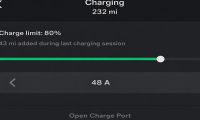
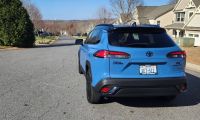
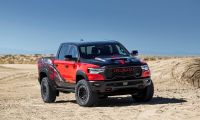
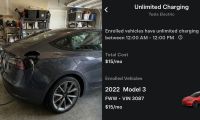
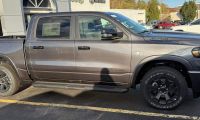
Comments
I was thinking this article
Permalink
I was thinking this article was going to lead down the similarities of the Toyota-Subaru and Toyota-Mazda relationships on the factory side. Aside from Subaru of America building Camry’s for quite a while (which is ancient history now), the joint Subaru-Toyotas (BRZ & Solterra) are both made in Japan, but the Mazda relationship has brought their vehicle manufacturing to the US (CX-50 along with the Corolla Cross). Will be interesting to see how Subaru reacts to this new competitive joint venture. I would think one of the best strategic moves Subaru could make is to buy the electric drivetrains from Toyota and assemble a new Forester-sized follow-on to the Solterra in Indiana (maybe a Baja too).
Interestingly, the Forester
Permalink
In reply to I was thinking this article by jg (not verified)
Interestingly, the Forester is harder to adapt to Toyota's plug-in hybrid powertrain due to the "symmetric AWD" and "Boxer Engine" setup. The CX_50, on the other hand, is all set to accept that powertrain and that is the plan. Think "CX-50 Hybrid and CX-50 Prime" if you know the RAV4 line.
Ah, I see in one of your
Permalink
In reply to I was thinking this article by jg (not verified)
Ah, I see in one of your linked stories you already covered the manufacturing aspect. I still think it will be interesting to see how Subaru responds to Mazda (and Toyota) encroaching on its' territory. In the mean time, I just reserved my Solterra to see how that whole thing goes while, hopefully, they come up with a more "Subaru-like" BEV.